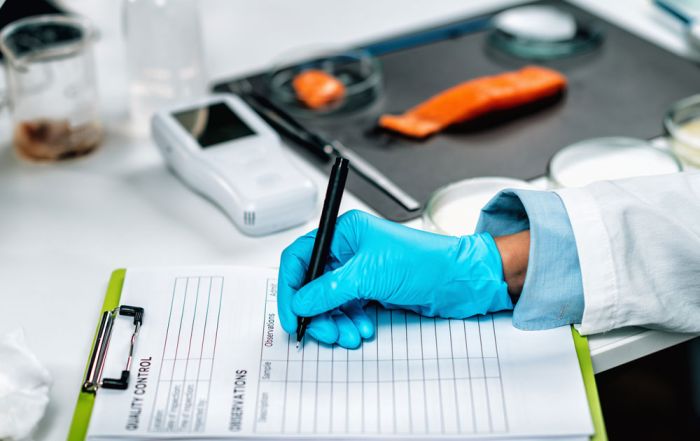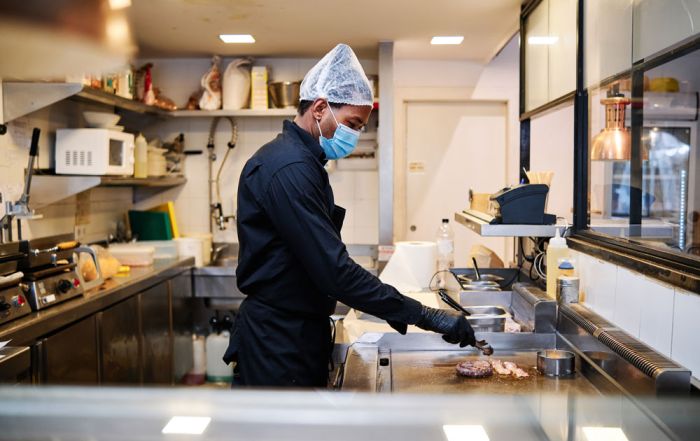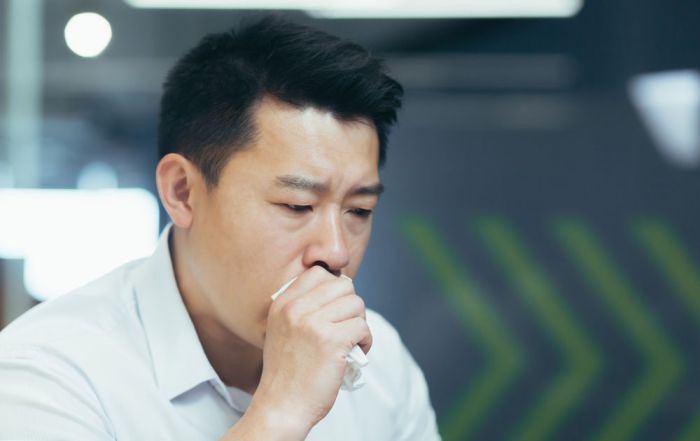Contamination of Food: Let’s Get Physical
Earlier this month, we began a discussion about contamination of food. Our first blog focused on chemical contamination, but in this blog, I’d like to look at physical contamination of food.
Any item which does not belong in the food product can be considered a physical contaminate, a hair, a piece of plastic or metal, or even a fake fingernail. While some physical contaminants, such as a piece of hair in your food may only be disgusting, other physical contaminants can cause serious injury to the consumer, including lacerations to the mouth and intestines, broken teeth, or can pose a serious choking hazard
When food arrives at your foodservice facility and throughout production, it is vital that you have strong controls in place to maintain the integrity of the food, limiting chances for inadvertent contamination of physical objects.
Physical hazards were not something I generally had to deal with when I was in operations, I imagine the same can be said for many of you. I do recall one incident when we had a chicken salad sandwich returned by a customer, who found a red acrylic fingernail in their chicken salad. When we surveyed the staff that day, we found that the salad, which was a prepackaged product, was opened that morning and none of our staff had on fake fingernails. Meaning the product had to come from the manufacturer. Luckily, the acrylic fingernail only caused disgust and no serious injuries.
While food companies work exceedingly hard to keep their products free from physical contaminants, it does occasionally occur. In 2021 and through January of 2021, 14 food recalls were issued in the United States due to foreign objects in food, including metal, plastic, glass, and small stones.
When food arrives at your foodservice facility and throughout production, it is vital that you have strong controls in place to maintain the integrity of the food, limiting chances for inadvertent contamination of physical objects. Here are four tips to help you in achieving this goal:
- Establish and monitor dress control policies, such as requiring employees to remove jewelry and wearing a hair restraint while in food production.
- Practice preventative maintenance on production equipment and repair or replace damaged equipment and parts immediately.
- Encourage employees to report any issues with equipment to supervisors and be sure to follow-through with corrective action. Not doing such will just cause employees to ask why they are reporting things when nothing ever gets fixed.
- Work with a reputable pest control company who works with you and your employees in establishing a solid and effective pest control program.
Underpinning all of these is to be sure you create and sustain a culture of food safety throughout your organization. Managers and all staff should know that nothing is so important that it cannot be done with food safety in mind. Check out our previous blog on developing this culture to make sure you operation is on the right path. Risk Nothing.
READ MORE POSTS
Hot off the Press: The 2022 Model Food Code has been Released! Part One.
It has finally arrived! Yes, the new year has arrived – but I was not referring to it. I was referring to the new 2022 Model Food Code (10th edition) that has been released by the Food and Drug Administration. I thought I might take this blog and the next blog to discuss some of the changes that have been made to the Food Code that you might see coming your way in the next few years.
Is a Food Safety Culture on your New Year’s Resolutions List?
We hope you all had a wonderful Holiday season and are getting ready for a great new year!
Don’t Underestimate the Importance of Employee Health as we head into the Winter Months
Early this month, I ran across an article discussing an outbreak investigation in the Australian Capital Territory. The outbreak caused more than 200 people to fall ill and was one of the most widespread outbreak investigations in the history of the territory. The cause was traced back to Norovirus, a virus I am sure you have heard us opine about in this blog before.
Exclusion and Restrictions: Understanding Employee Health and the Food Code
I received a call earlier in the month from a foodservice operator who suspected that one of their employees may have fallen ill and wondered if they had to send the employee home for the day. Once I started to ask a few more questions, it became obvious that the operator wasn’t really in-tune with the food code requirements on restrictions or exclusions for employees who may not be feeling well. Given that most operations are dealing with staff shortages currently and the fact that we are about to head into the fall and winter – when we tend to see an increase in upper respiratory and other illnesses, such as the flu - it seemed like a very timely and important topic for the blog this month.










